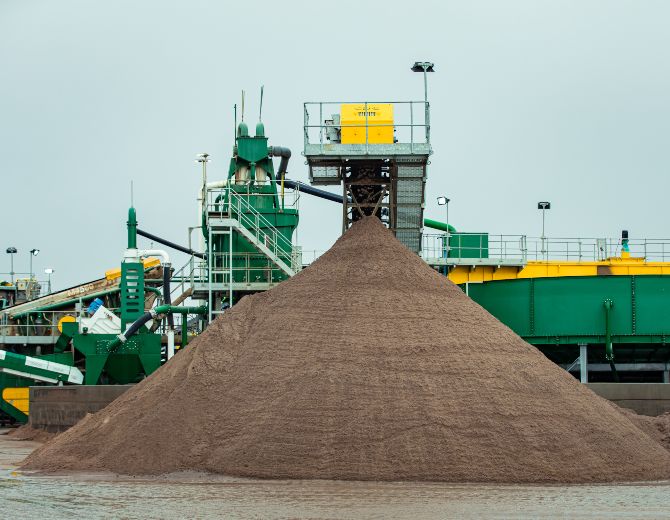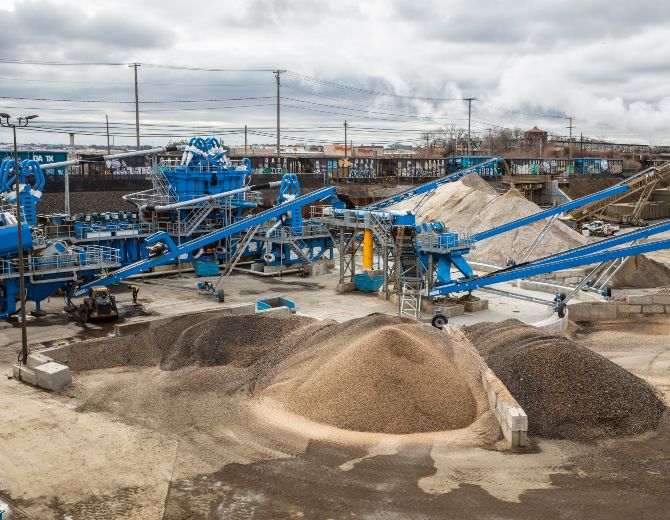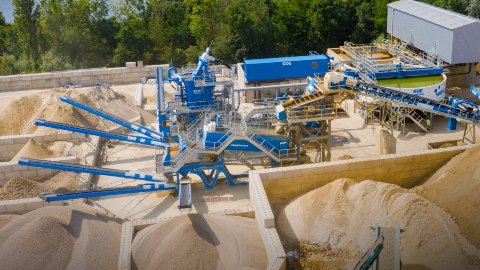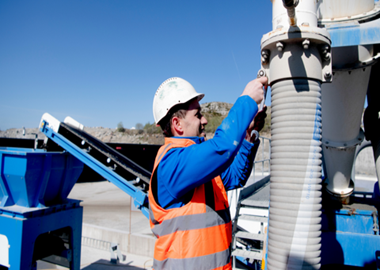By Joe Teahl, Business Development Manager, CDE
A recent Waste Today article brings to light a persistent and costly issue in landfill management: a quiet but massive problem happening every day at landfills across the country; we’re burying way too much soil. Sure, daily cover is required to control odor, pests, and windblown litter— but the way we’re doing it is wasteful, outdated, and burning through valuable landfill space at an alarming rate.
Here’s the big picture: there are about 1,200 active municipal solid waste (MSW) landfills left in the U.S.i, down from around 8,000 in the 1980'sii. Yet, waste volumes keep going up as the population and economy grow. Some parts of the country could actually run out of landfill capacity as soon as 2036iii- cited in a recent Forbes article — and places like the Northeast might hit that wall even earlier.
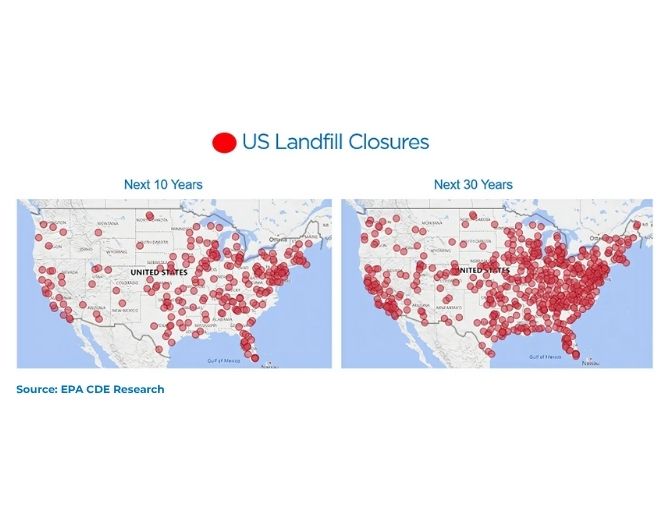
The Hidden Problem with Excess Cover
That means every cubic foot of landfill space counts. But right now, excessive soil cover is eating it up.
The Environmental Protection Agency (EPA) mandates a minimum of 6 inches of soil on top of waste each day, but the Waste Today article highlights some sites are using up to 42 inches. Even the best-run landfills sites average 11 inches - nearly double the minimum. That’s millions of tons of good soil wasted, and millions of cubic yards of landfill airspace lost.
Beyond that, constantly disposing of soil is expensive and time-consuming. It takes labor, fuel, and heavy equipment that wears out faster. Worse, traditional soil cover doesn’t seal reliably - it can stick to dozers and pull back up, exposing waste again.
The economics are just as troubling. A study showed that with a typical $30/ton tipping fee, boosting the refuse-to-soil ratio from 4:1 to 9:1 could add $3 million in capacity value to a 1-million-cubic-yard siteiv. That’s real money. Plus, if you keep that excess soil out of the landfill, you can recover it for construction, aggregate or other uses - turning a problem into a resource.
At CDE, we estimate that millions of tons of soil could be recovered and put back to work instead of buried. That’s a major shift for both the environment and the bottom line.
The Alternatives Are Here - Let’s Use Them
Covering waste every night is one of the most resource-heavy parts of landfill operations. But there are solid, proven alternatives: tarps, hydro-mulch, geosynthetic films - they’re already on the market, already proven, and can massively cut soil use.
And there’s another big piece: advanced soil washing. With the right technology, we can clean excavated soils and reuse them in construction, remediation, or infrastructure projects. That’s how we move toward a truly circular economy, where waste becomes resource.
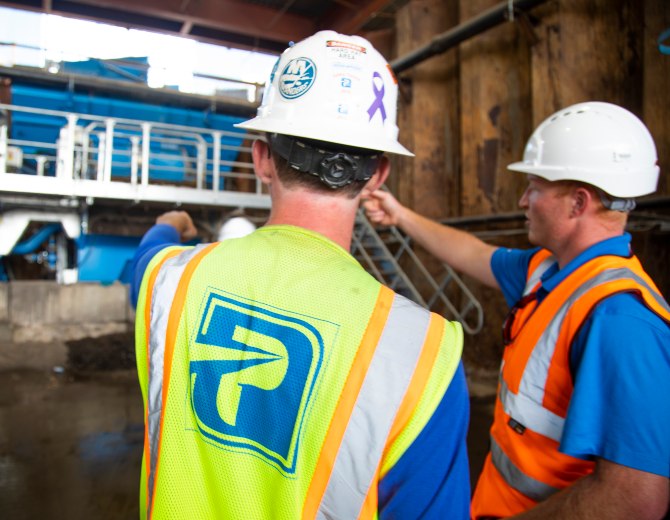
It’s Time for Smarter Rules and Smarter Action
The fastest way to fix this would be a ban on soil as daily cover. Short of that, regulators should at least enforce a consistent standard - keep it between 6 and 10 inches - and push the industry to adopt alternatives.
This isn’t just a policy issue. We’re talking about a trillion-dollar mistake if we keep burying valuable, reusable soil instead of recovering it. Either we deal with it now, or we leave the cost for the next generation.
A Circular Future for Soil
Our message is simple: stop throwing away soil. Whether it’s daily cover, overburden, or construction surplus, we have the technology to recover it, clean it, and reuse it.
If we get this right - with smarter regulations, better practices, and technology-driven recovery - we can stretch landfill life, cut down on virgin material use, and build a truly circular future.
The soil we’re burying today is the same material we’ll desperately need tomorrow.
Let’s stop treating it like garbage!
i EPA data file suggests 1265 open landfills
ii EPA - Municipal Solid Waste Landfills Economic Impact Analysis for the Proposed New Subpart to the New Source Performance Standards


